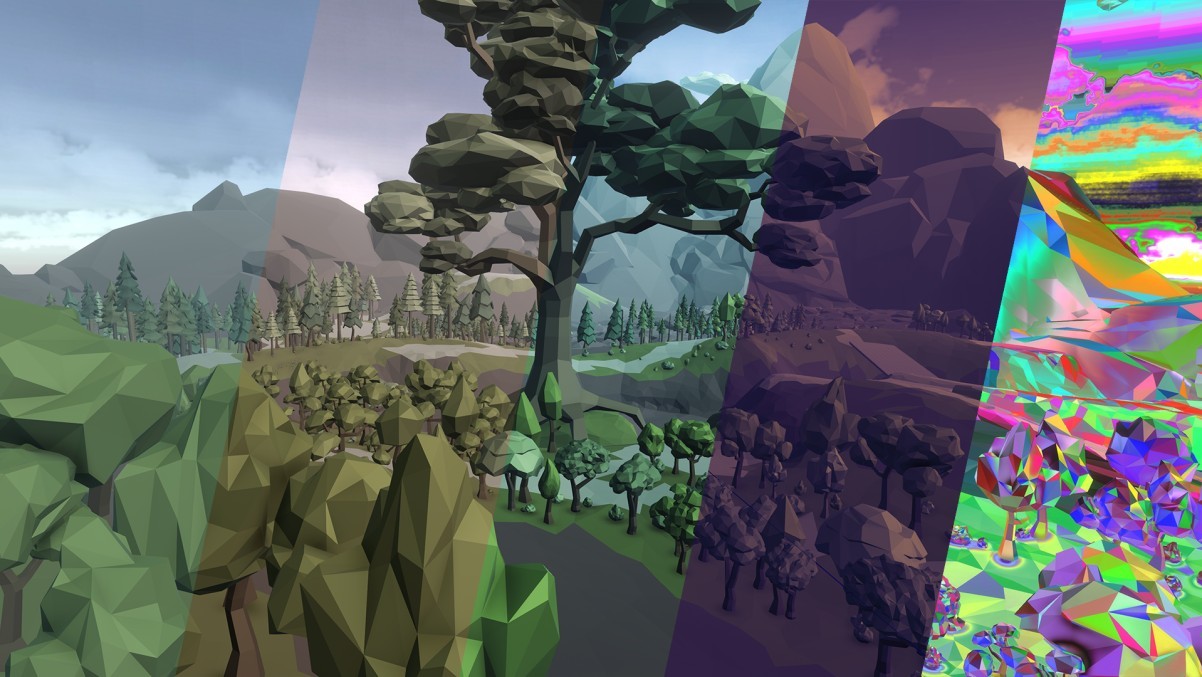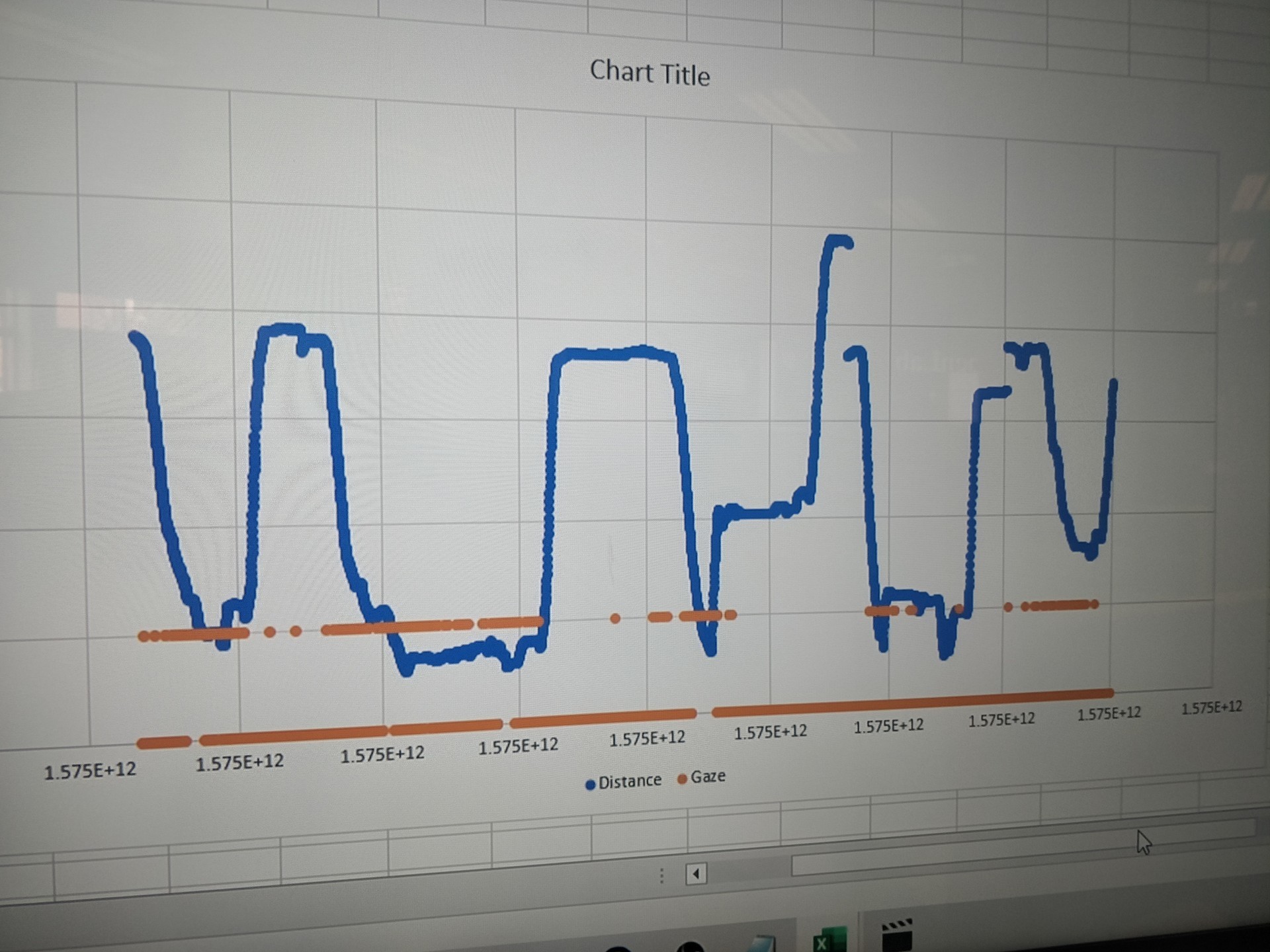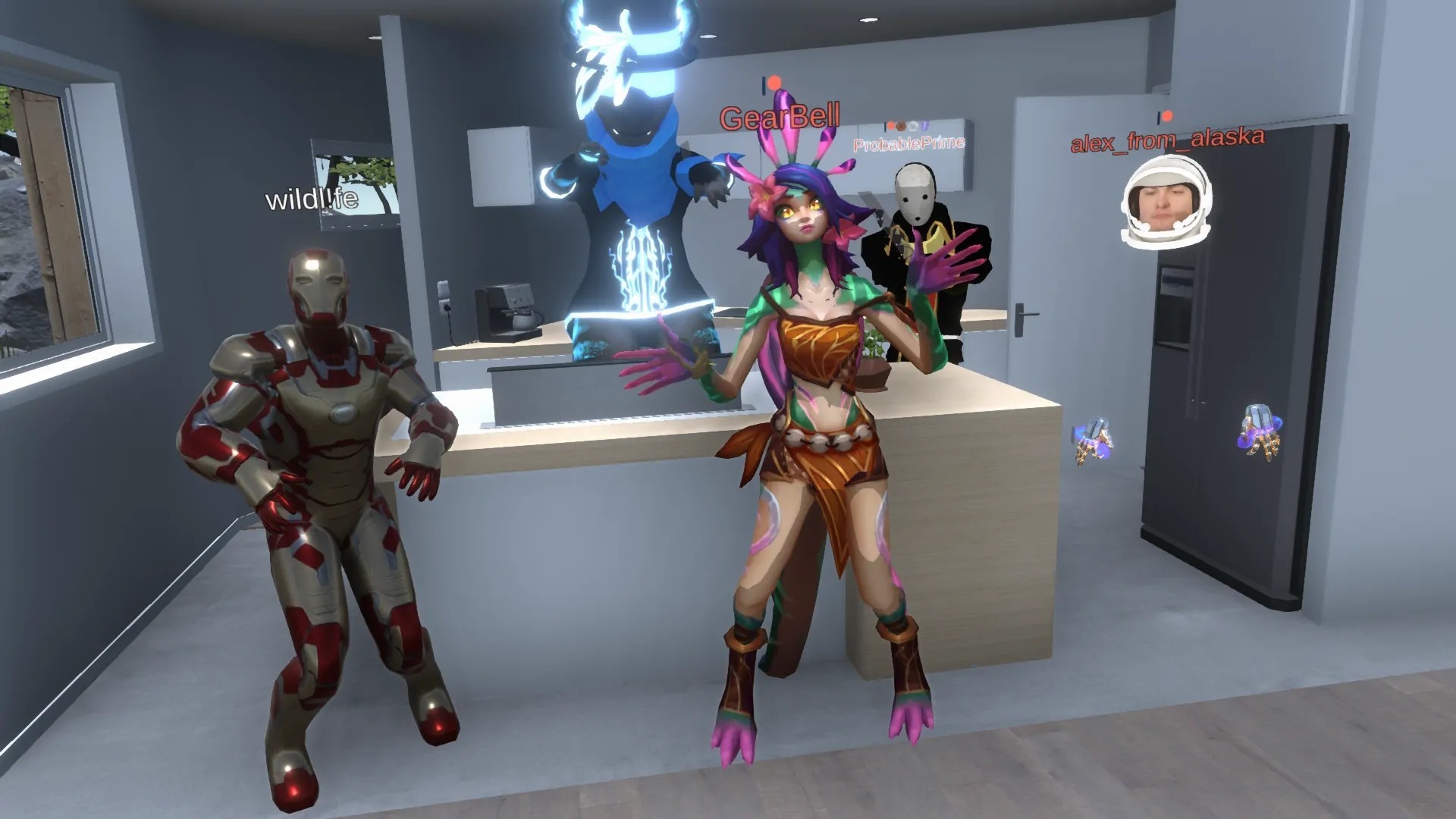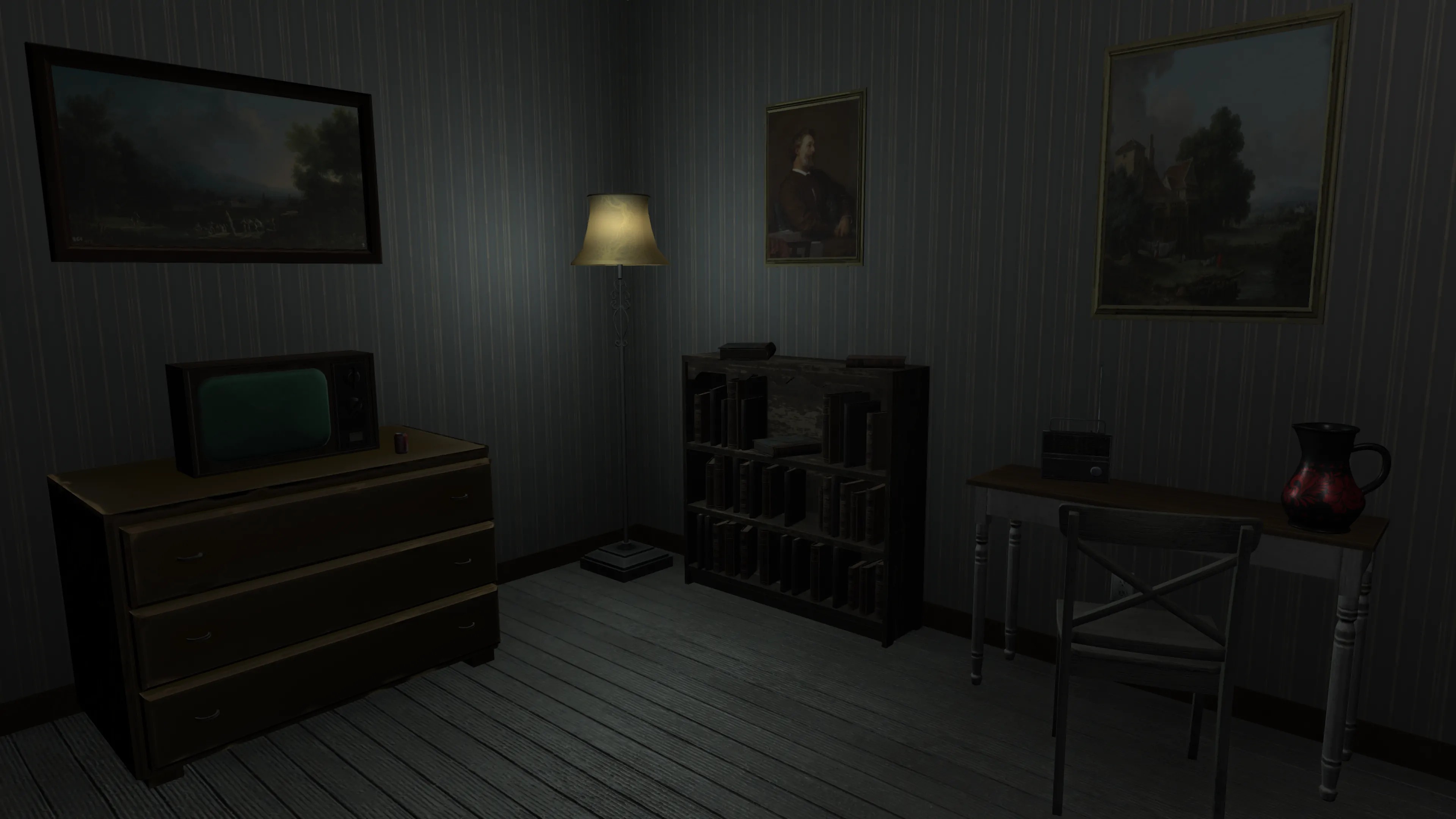
Neos VR - Frooxius
Hello everyone!
We’ve got another weekly update for you. We’ve made some great progress on the font rendering system and are gaining momentum with it. We also saw some great dances in Neos with our revamped full body system and more users utilizing the 11-point tracking system.
Don’t forget to join our livestream that starts in about an hour from this post (3 PM PST) here: https://www.twitch.tv/neosvr You can chat with us directly, ask us questions or just hang out and have fun with our interactive chat commands.



The new font rendering system is now moving forward, with some important parts of it already implemented. We have integrated the FreeType library and are now able to load various font files (commonly .ttf) and extract the necessary data from them, including glyph outlines.
We also have integrated the Msdfgen library for rendering multi-channel signed distance fields of the glyphs from within Neos - the data necessary for high quality font rendering in realtime. The process is quite fast too, being able to generate thousands of glyphs in a few seconds on a single core and even more when running on multiple cores.
And lastly, the system also packs all the generated glyphs into an atlas, with support for automatic growth. This will allow elegantly generating atlases both ahead of time and dynamically at runtime for any missing symbols (e.g. Japanese or various unicode symbols).
The system isn’t yet in state where you could utilize it, as some crucial subsystems are still missing (see What’s Next section), but here are some of the generated testing data! Here’s a big atlas of pre-generated symbols:
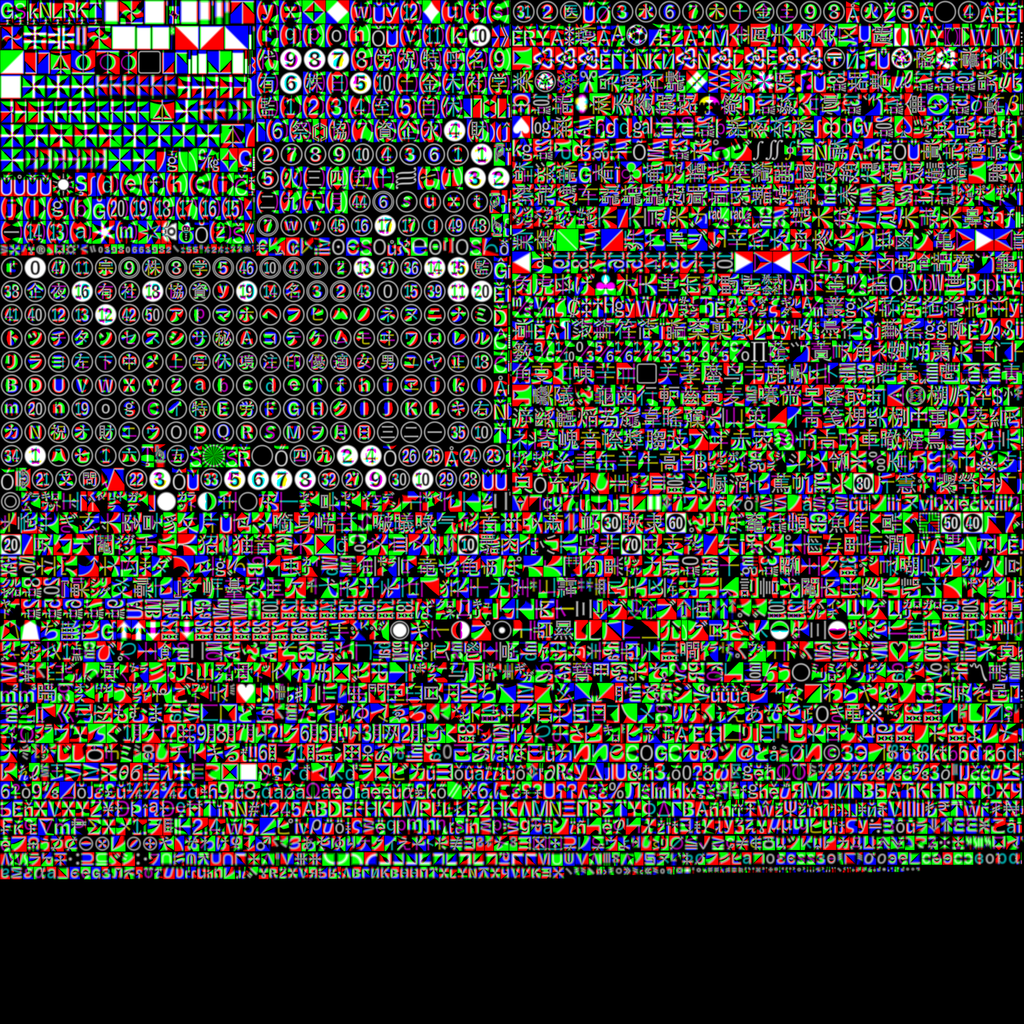
And here are some examples of text rendered directly from Neos code into a bitmap. Text will not normally be rendered this way so there’s no anti-aliasing, but it’s a good quick way of testing that all parts are operating as intended:




Since most of the focus is currently on the UI overhaul, particularly new font rendering system which represents the major part of the rework, there are fewer new features. But over the week we’ve still released a bunch of smaller additions, tweaks and bugfixes.
Based on popular demand, there’s now a “POST String” LogiX node, which allows making a POST request with a string body from within Neos for communicating with remote API’s. The proper set of nodes with rich API’s will have to wait until future additions to LogiX (like the collection system), but this should help in the meantime.
We’ve improved humanoid detection when importing avatars, increasing the compatibility with a variety of different models out there, fixed some issues when setting up dynamic bones on certain models with (near) zero-length bones and did various fixes and improvements to full body setup.
The Vive Pro Eye tracking support has been updated to the latest version of the SDK and a new expression “eye widen” has been added. Now you can make shocked face right inside of Neos when you realize how much has the headset cost you!
If you’d like to see more of the updates I recommend joining our Discord, we have #neos-updates channel with full release notes for each build! You can also follow the patch notes here on Steam.
Fusty Lugs VR dance
We’ve got an awesome dancer Fusty Lugs come to Neos and stream using 10-point full body tracking on Twitch. Check out her clips and broadcasts on her channel, they look really great!
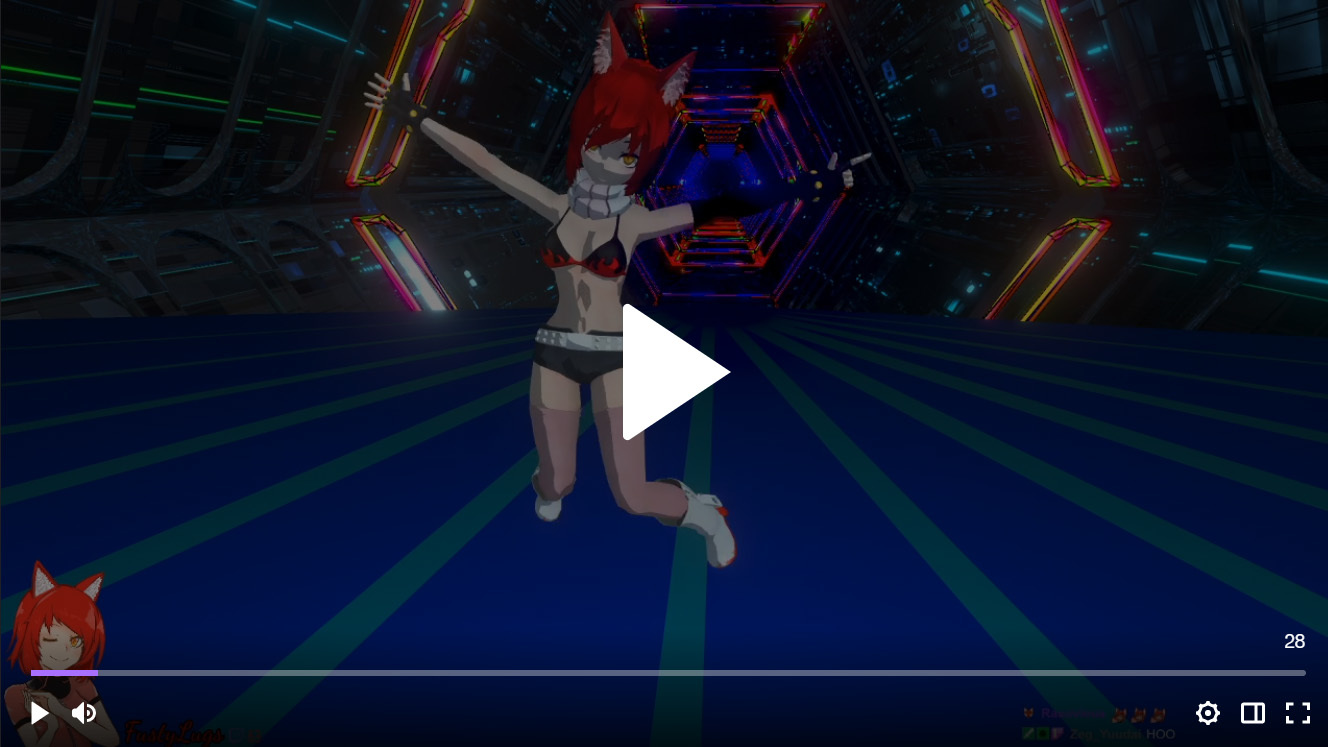
Reactant’s Fully Body & Eye Tracking impressions
Reactant, one of our new big supporters has went all out on his VR experience with 11 point full body tracking combined with the Vive Pro Eye for maximum avatar immersion. He has created this video talking about his experience with Neos. It’s quite mesmerizing seeing this level of avatar fidelity.
Learning Chemistry inside VR
The Sydney Human Research Factor lab has published two new educational worlds created entirely by chemistry students, with no prior VR or programming experience.
According to prof. Hamish MacDougal the students were only given an hour intro to Neos and taught themselves the rest thanks to tutorials by ProbablePrime and BusinessLawyer.
It’s quite astonishing that they were able to create such cool looking worlds to teach chemistry, even with some interactivity!
One of our goals with Neos has always been to give creative power to students and teachers to improve how we learn, so we’re very happy to see such content. We even have a new Discord channel #edu-science for all the educators and researchers in our community!
The worlds are available in the Neos hub if you’d like to check them out, called “Group A V1 [ChemDalyell]” and “Group B V1 [ChemDalyell]”.
Neon Arcade Hangout
Love the 80s vibe? Check out the new Neon Arcade Hangout by RueShejn, Shalefoot and Lewis_Snow! It’s a cozy chill hangout world. It’s currently hosted on our headless server too, so you can stop anytime.
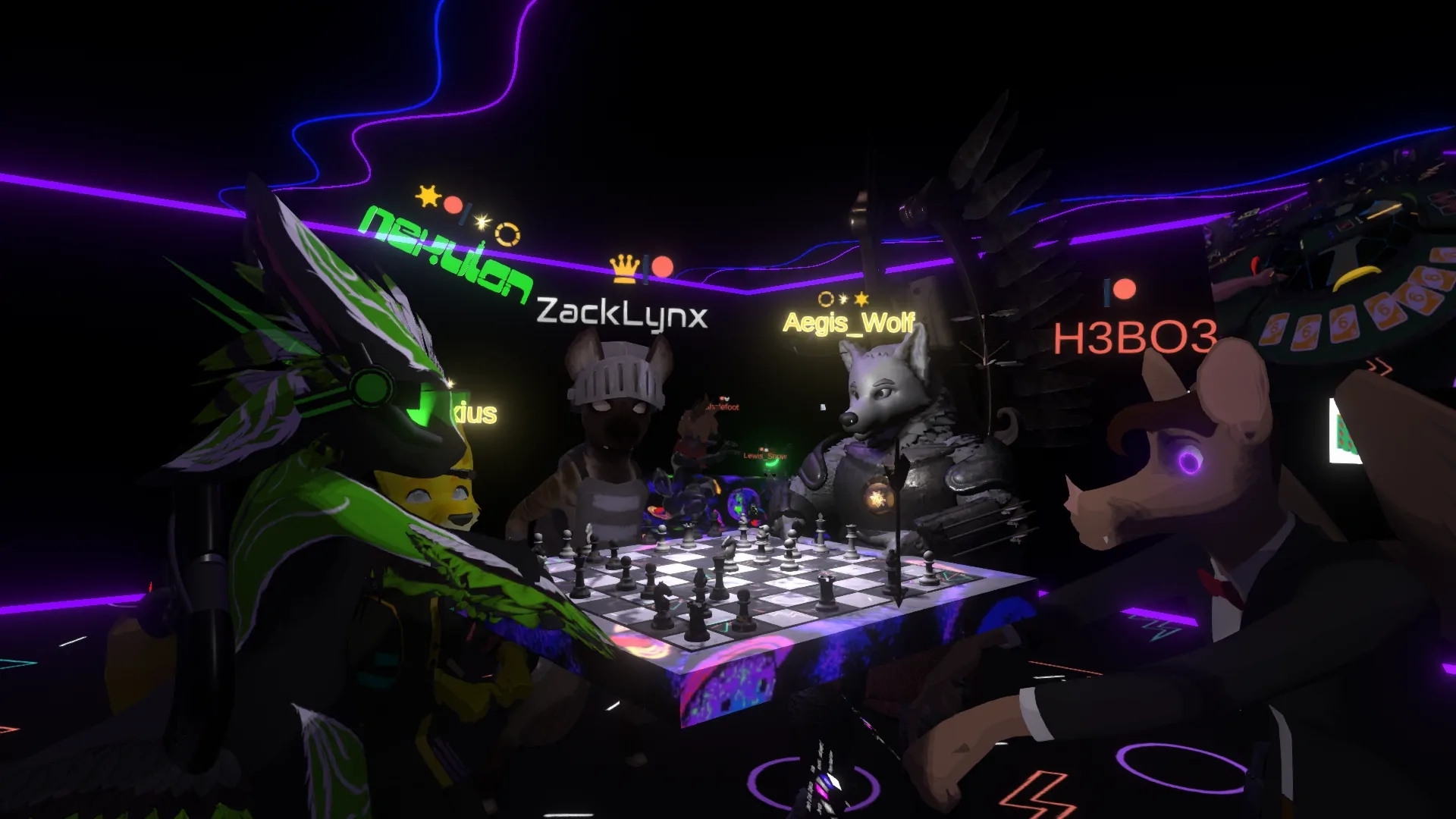



This needs a few new subsystems. One of the major ones is parsing and layout, which takes an input text, processes any tags and lays out the glyphs properly, fitting them into boundaries (if present), wrapping words to new lines, adjusting line spacing and computing all the necessary parameters for the actual display.
Once this part is finished, everything can be integrated and put together and you’ll be able to start playing with the new text system inside of Neos and importing your custom fonts!



We’ve got another weekly update for you. We’ve made some great progress on the font rendering system and are gaining momentum with it. We also saw some great dances in Neos with our revamped full body system and more users utilizing the 11-point tracking system.
Don’t forget to join our livestream that starts in about an hour from this post (3 PM PST) here: https://www.twitch.tv/neosvr You can chat with us directly, ask us questions or just hang out and have fun with our interactive chat commands.



Font rendering system progress
The new font rendering system is now moving forward, with some important parts of it already implemented. We have integrated the FreeType library and are now able to load various font files (commonly .ttf) and extract the necessary data from them, including glyph outlines.
We also have integrated the Msdfgen library for rendering multi-channel signed distance fields of the glyphs from within Neos - the data necessary for high quality font rendering in realtime. The process is quite fast too, being able to generate thousands of glyphs in a few seconds on a single core and even more when running on multiple cores.
And lastly, the system also packs all the generated glyphs into an atlas, with support for automatic growth. This will allow elegantly generating atlases both ahead of time and dynamically at runtime for any missing symbols (e.g. Japanese or various unicode symbols).
The system isn’t yet in state where you could utilize it, as some crucial subsystems are still missing (see What’s Next section), but here are some of the generated testing data! Here’s a big atlas of pre-generated symbols:

And here are some examples of text rendered directly from Neos code into a bitmap. Text will not normally be rendered this way so there’s no anti-aliasing, but it’s a good quick way of testing that all parts are operating as intended:




Various small additions
Since most of the focus is currently on the UI overhaul, particularly new font rendering system which represents the major part of the rework, there are fewer new features. But over the week we’ve still released a bunch of smaller additions, tweaks and bugfixes.
Based on popular demand, there’s now a “POST String” LogiX node, which allows making a POST request with a string body from within Neos for communicating with remote API’s. The proper set of nodes with rich API’s will have to wait until future additions to LogiX (like the collection system), but this should help in the meantime.
We’ve improved humanoid detection when importing avatars, increasing the compatibility with a variety of different models out there, fixed some issues when setting up dynamic bones on certain models with (near) zero-length bones and did various fixes and improvements to full body setup.
The Vive Pro Eye tracking support has been updated to the latest version of the SDK and a new expression “eye widen” has been added. Now you can make shocked face right inside of Neos when you realize how much has the headset cost you!
If you’d like to see more of the updates I recommend joining our Discord, we have #neos-updates channel with full release notes for each build! You can also follow the patch notes here on Steam.
Community Highlights
We’ve seen some great use of our full body and eye tracking system this week!Fusty Lugs VR dance
We’ve got an awesome dancer Fusty Lugs come to Neos and stream using 10-point full body tracking on Twitch. Check out her clips and broadcasts on her channel, they look really great!

Reactant’s Fully Body & Eye Tracking impressions
Reactant, one of our new big supporters has went all out on his VR experience with 11 point full body tracking combined with the Vive Pro Eye for maximum avatar immersion. He has created this video talking about his experience with Neos. It’s quite mesmerizing seeing this level of avatar fidelity.
Learning Chemistry inside VR
The Sydney Human Research Factor lab has published two new educational worlds created entirely by chemistry students, with no prior VR or programming experience.
According to prof. Hamish MacDougal the students were only given an hour intro to Neos and taught themselves the rest thanks to tutorials by ProbablePrime and BusinessLawyer.
It’s quite astonishing that they were able to create such cool looking worlds to teach chemistry, even with some interactivity!
One of our goals with Neos has always been to give creative power to students and teachers to improve how we learn, so we’re very happy to see such content. We even have a new Discord channel #edu-science for all the educators and researchers in our community!
The worlds are available in the Neos hub if you’d like to check them out, called “Group A V1 [ChemDalyell]” and “Group B V1 [ChemDalyell]”.
Neon Arcade Hangout
Love the 80s vibe? Check out the new Neon Arcade Hangout by RueShejn, Shalefoot and Lewis_Snow! It’s a cozy chill hangout world. It’s currently hosted on our headless server too, so you can stop anytime.




What’s Next
With several major parts of the font rendering system implemented we’re now gaining some momentum on this system. Currently the work is focusing on actually displaying the text from the generated data.This needs a few new subsystems. One of the major ones is parsing and layout, which takes an input text, processes any tags and lays out the glyphs properly, fitting them into boundaries (if present), wrapping words to new lines, adjusting line spacing and computing all the necessary parameters for the actual display.
Once this part is finished, everything can be integrated and put together and you’ll be able to start playing with the new text system inside of Neos and importing your custom fonts!








